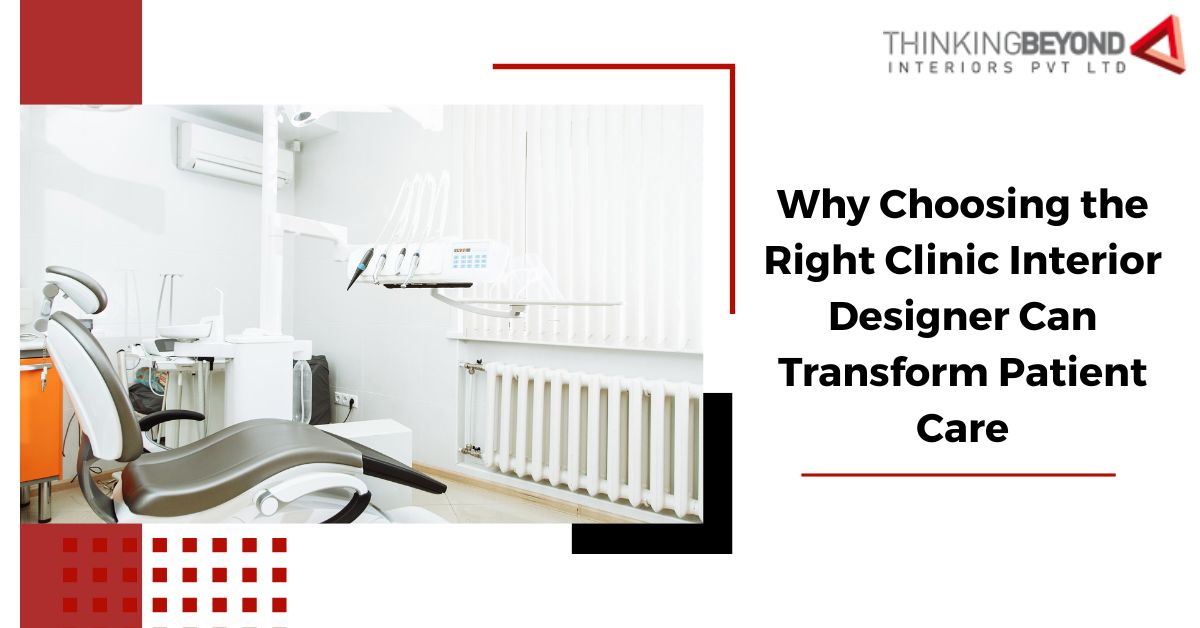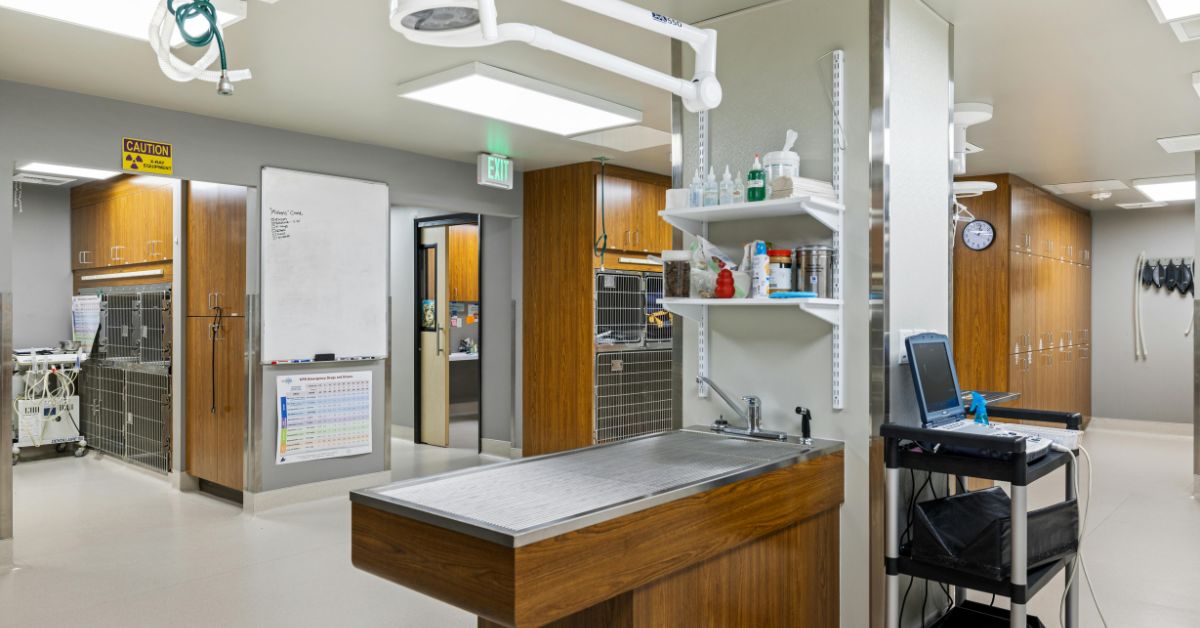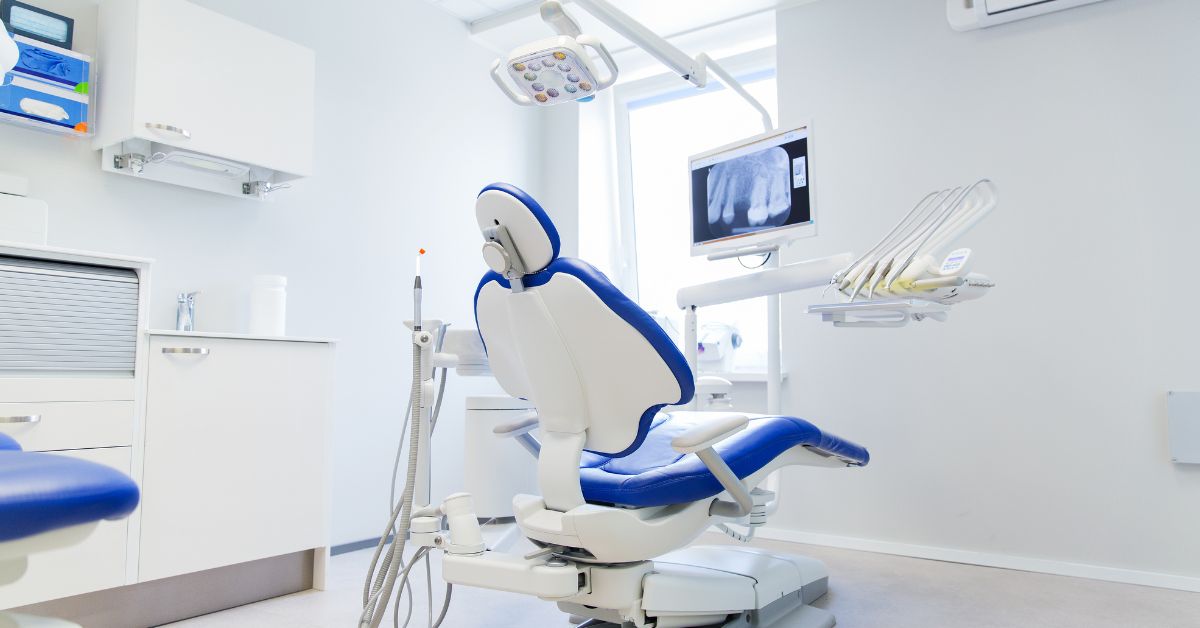
The Role of a Clinic Interior Designer in Patient Experience
A clinic interior designer is not only concerned about what a space looks like, but also how it works for both patients and employees. In today's healthcare environment, where patient-focused care is paramount, the design of a clinic plays a direct role in the overall treatment experience. Whether it is a cool color palette, spatial plan, or clean material option, everything contributes to creating an environment that promotes welfare.
The moment a patient walks through the door, their emotional and physical response is affected by their environment. A well-designed clinic can reduce anxiety, improve rest, and even increase the quality of medical care. This is why it is not a luxury to choose a specialist in clinic interior designing services - this is a requirement.
From Functionality to Flow: How Interior Design Impacts Healthcare
Functional layouts are important in healthcare settings. A clinic interior designer clinic interior designer ensures that the reception area, counseling room, waiting lounge, and treatment areas are planned in a way that reduces stress and maximizes efficiency. For example, a strategically designed patient flow path can reduce unnecessary running, improve privacy, and support smooth operating workflows.
The clinic interiors should also follow strict guidelines - from safety standards to infection control. Here, the option of content matters a lot. Clinic in India, skilled designers in interior designing services are particularly adept at choosing surfaces that are durable, which are easy to clean, and safe for clinical use, while pleasing to the eye.
Creating Calm in a Clinical Setting
Interior designers who specialize in the clinical environment understand the psychological effects of the design. Using natural light, soft texture, biophilic elements, and soothing color schemes, they create places that feel less like medical institutions and are more like a wellness retreat.
For example, the waiting area may be a place of rest instead of apprehension. Warm lighting, comfortable seating, acoustic control, and attractive views make the space more. When patients feel emotionally supported by the environment, they are more likely to rely on their providers and return to future care.
Technology and Design Working Together
Modern clinics rely very much on technology for diagnosis, treatment, and patient management. For uninterrupted integration of a good clinic interior designer technique-from monitor and digital signage to telehealth stations and electronic medical record access points.
The space plan that estimates future technological upgrades is also important. Designers often work closely with IT consultants and medical equipment suppliers to ensure that every square foot foot innovation and development.
Design That Reflects the Clinic’s Brand and Ethos
Just as a house represents its living, a clinic should reflect its medical practice vision and values. The branding of a healthcare facility does not stop at logo and brochure - it continues in the physical place.
Whether the clinic wants to project heat, professionalism, innovation, or overall well-being, an experienced clinic interior designer can translate those properties into tangible design elements. From wall graphics and wallpaper to furniture and fiction, every design decision supports brand identity.
This stability in the design creates patient belief and contributes to a strong emotional relationship with space. It also creates a memorable experience, which is important in a competitive healthcare scenario.
Meeting Indian Standards With Global Sensibilities
Clinic interior design services in India are rapidly combining global trends with local rules and cultural sensitivity. Designers now expect not only the beauty preferences of Indian customers, but also have functional expectations of diverse patient demographics.
This involves designing accessible spaces for elderly patients, incorporating Vastu principles, where necessary, or creating a gender-sensitive counseling room in culturally conservative areas. The best clinic interior designer in India knows how to merge these requirements without compromising on innovation or style. In addition, with increasing awareness about mental health and overall care, modern clinical therapy is expanding beyond traditional treatment rooms to include therapy spaces, recovery lounges, and wellness corners. Designers are rapidly customizing to make interiors support these developed healthcare models.

Sustainability and Cost Efficiency in Clinic Interiors
The healthcare space consumes important resources, and stability is becoming an important design parameter. A knowledgeable clinic interior designer will include environmentally friendly content, energy-efficient lighting, and a smart HVAC system that reduces environmental impact without increasing cost.
Efficient design also helps reduce the construction and maintenance budget. By selecting multi-functional furniture, modular division, and easy-to-control finishes, the designer ensures long-term value for the clinic.
The thoughtful scheme during the design phase can result in adequate savings over time.
The Impact on Staff Efficiency and Satisfaction
A well-designed clinic does not benefit patients dramatically improves the experience for doctors, nurses, and administrative staff. Ergonomically designed workspaces, chaos-free fields, and streamlined storage contribute to better focus and productivity.
In addition, a visually pleasant and comfortable environment supports the well-being of the employee and reduces burnout. Given the high-pressure nature of healthcare work, the interior design that preference employees' comfort and movement can create a real difference in employee satisfaction and retention.
Designing for Expansion and Future Needs
Healthcare is a rapidly developing area, and flexibility in design is necessary. Whether it is the ability to connect new departments, integrate updated medical devices, or adjust to the increased patient footfall, the clinic interior must be adaptable.
Scalability is an important principle followed by experienced designers. They are accompanied by flexible layouts, movable partitions, and open plan designs with future-proof spaces that allow for quick reconstruction without structural overhaul. This foresight helps clinics to grow smoothly without constant and expensive redesign.

Conclusion: Choosing a Clinic Interior Designer Who Goes Beyond Aesthetics
The clinic interior design is no longer about beautifying only medical places. It is about a strategically shaped environment that enhances care delivery, patients build confidence, and supports healthcare professionals. By creating a soothing atmosphere and streamlining the workflows to reflect the brand of the clinic, the role of a clinic interior designer is widespread and important.
If you're seeking clinic interior designing services that combine experience, innovation, and empathy, Thinking Beyond Pvt. Ltd stands out as a dependable partner. Their ability to blend practical healthcare needs with artistic vision ensures that your clinic is not only functional and compliant but also welcoming and future-ready.